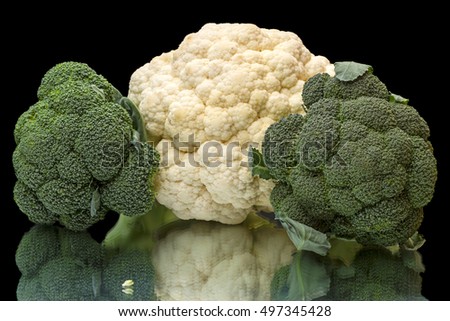Ginger is a wonderful addition to your cooking and has a wide variety of medicinal benefits, including broad-spectrum antibacterial, antiviral, antioxidant and antiparasitic properties
Growing your own ginger is a simple way to ensure you always have this medicinal wonder worker on hand, and will provide you with something you won’t get at the store — so-called “stem” ginger, which has its own culinary uses
Stem ginger — the fresh-from-the-ground rhizome — has a warm, delicate, almost floral flavor, devoid of ginger’s usual fieriness. As the root dries and develops that papery outer surface, it becomes “hotter”
Growing ginger is really easy, and can be done either in a container, kept indoors or out, or directly in your garden bed. All you need to get started is a fresh leftover piece
To propagate, start with a firm, plump piece with smooth skin and visible eyes — tiny yellow tips on the rhizome that will eventually develop into new sprouts. Root is ready for harvest in six to eight months
Dr. Mercola a foremost authority says, Ginger is a spice well worth having on hand at all times. Not only is it a wonderful addition to your cooking (and can be used in a number of beverages) but it also has a wide variety of medicinal benefits, including broad-spectrum antibacterial, antiviral, antioxidant and anti-parasitic properties.
It's a rich source of antioxidants including gingerols, shogaols and paradols, all of which have documented anticancer activity. Furthermore, because ginger helps prevent the toxic effects of many substances (including cancer drugs), it may be useful to take in addition to conventional cancer treatments.
Facts Credit: mercola.com
Growing your own ginger is a simple way to ensure you always have this medicinal wonder worker on hand, and will provide you with something you won’t get at the store — so-called “stem” ginger, which has its own culinary uses
Stem ginger — the fresh-from-the-ground rhizome — has a warm, delicate, almost floral flavor, devoid of ginger’s usual fieriness. As the root dries and develops that papery outer surface, it becomes “hotter”
Growing ginger is really easy, and can be done either in a container, kept indoors or out, or directly in your garden bed. All you need to get started is a fresh leftover piece
To propagate, start with a firm, plump piece with smooth skin and visible eyes — tiny yellow tips on the rhizome that will eventually develop into new sprouts. Root is ready for harvest in six to eight months
Dr. Mercola a foremost authority says, Ginger is a spice well worth having on hand at all times. Not only is it a wonderful addition to your cooking (and can be used in a number of beverages) but it also has a wide variety of medicinal benefits, including broad-spectrum antibacterial, antiviral, antioxidant and anti-parasitic properties.
It's a rich source of antioxidants including gingerols, shogaols and paradols, all of which have documented anticancer activity. Furthermore, because ginger helps prevent the toxic effects of many substances (including cancer drugs), it may be useful to take in addition to conventional cancer treatments.
Facts Credit: mercola.com


